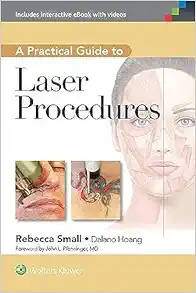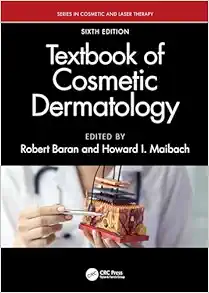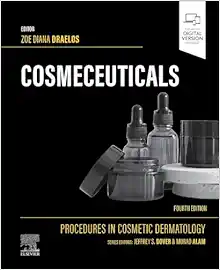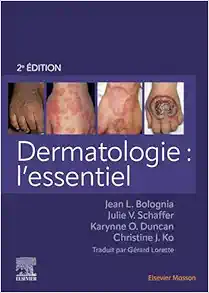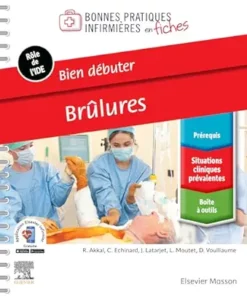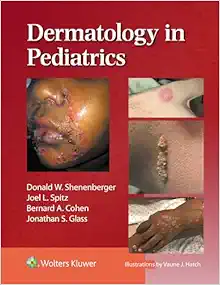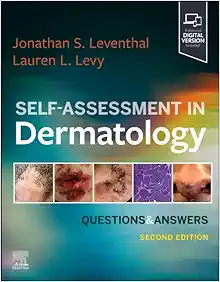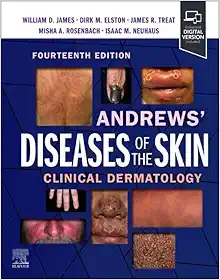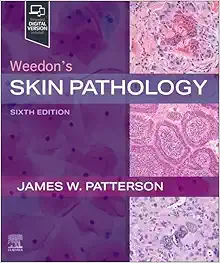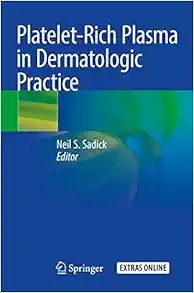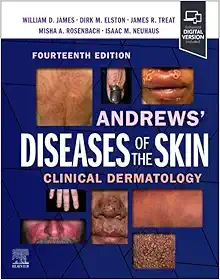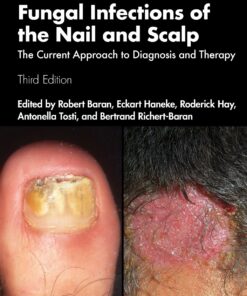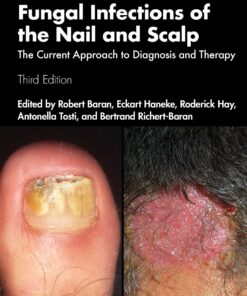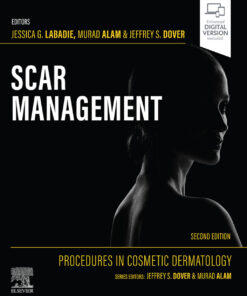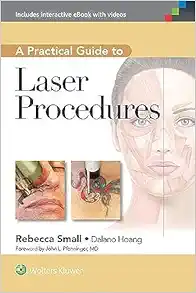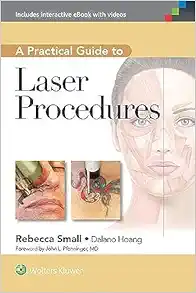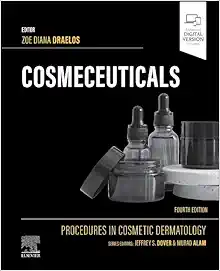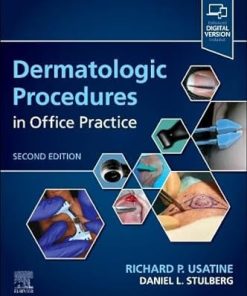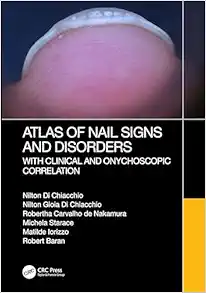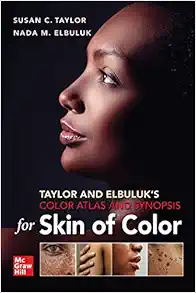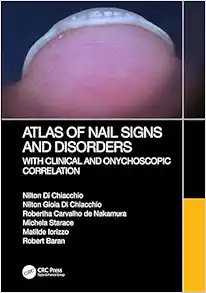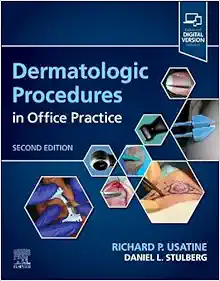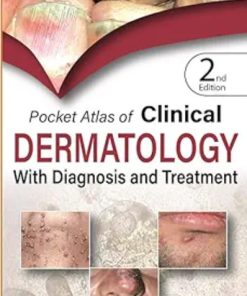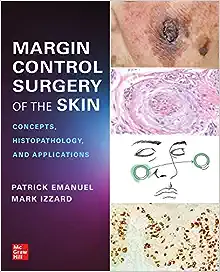Trauma in Facial Plastic Surgery, An Issue of Facial Plastic Surgery Clinics of North America (Volume 25-4) (The Clinics: Surgery, Volume 25-4)
$9
Format : Publisher PDF
File Size : 34.5 MB
Trauma in Facial Plastic Surgery, An Issue of Facial Plastic Surgery Clinics of North America (Volume 25-4) (The Clinics: Surgery, Volume 25-4)
The field of facial plastic surgery is one that requires a delicate balance between aesthetics and functional restoration. However, there are moments when the primary concern is simply to rebuild what has been lost due to trauma. This is where the Facial Plastic Surgery Clinics comes in with their latest offering: Trauma in Facial Plastic Surgery.
The issue is edited by Dr. Kris S. Moe, a renowned facial plastic surgeon with more than 25 years of experience in the field. He has gathered some of the top experts in the field to provide insights on how to repair and restore the face after it has been damaged due to various types of trauma. The articles included in this issue cover a wide range of topics, from the management of war and terrorism injuries to post-traumatic laser treatment of soft tissue injury.
One of the standout articles is the one on neurosurgical considerations in craniofacial trauma. This is a particularly challenging area of facial reconstruction, as the surgeon has to take into account issues such as brain swelling, intracranial pressure, and the presence of a damaged skull base. This article provides a comprehensive overview of the different types of cranial injuries and the best ways to approach them.
Another important article is the one on ORIF frontal bone and sinus fractures. The frontal bone is one of the most important structures in the face, as it protects the brain and gives the face its characteristic shape. However, it is also one of the most fragile, and fractures in this area can have serious consequences. This article provides information on how to surgically repair these fractures, thus restoring the shape and function of the frontal bone.
Other articles in this issue cover topics such as ORIF orbit fractures, ORIF nasal fractures, ORIF maxilla and midface fractures, emergent soft tissue repair, endoscopic repair of the TMJ, eyelid and periorbital soft tissue trauma, and issues in pediatric craniofacial trauma. Each of these articles provides valuable information and insight into how to approach these challenging injuries.
One of the things that sets this issue apart is the focus on evidence-based fracture management. The articles are based on the latest research and clinical data, thus ensuring that the treatments outlined in the issue are effective and safe. This is particularly important in the field of facial plastic surgery, where there is often a fine line between success and failure.
In addition to the valuable information contained within the articles, the issue also includes a detailed list of references, allowing readers to delve deeper into the subject matter if they wish. The publisher, Elsevier, has also ensured that the issue is well-produced, with high-quality images and diagrams that illustrate key concepts and procedures.
Overall, Trauma in Facial Plastic Surgery is an essential resource for anyone working in the field of facial reconstruction. Whether you are a seasoned practitioner or just starting out, this issue provides valuable insights and practical guidance on how to restore the function and appearance of the face after it has been damaged due to trauma.
If you are interested in purchasing the book, you can find it on Amazon or other online booksellers. Alternatively, if you prefer video-based learning, you can check out the many online courses and webinars that cover the topic of facial plastic surgery. No matter which option you choose, investing in your education and training is sure to pay off in the long run, as you become a more skilled and knowledgeable practitioner.
Product Details
- Publisher : Elsevier; 1st edition (October 11, 2017)
- Language : English
- ISBN-10 : 0323548776
- ISBN-13 : 978-0323548779
Related Products
DERMATOLOGY
DERMATOLOGY
DERMATOLOGY
DERMATOLOGY
DERMATOLOGY
DERMATOLOGY
DERMATOLOGY
DERMATOLOGY
DERMATOLOGY
DERMATOLOGY
DERMATOLOGY









